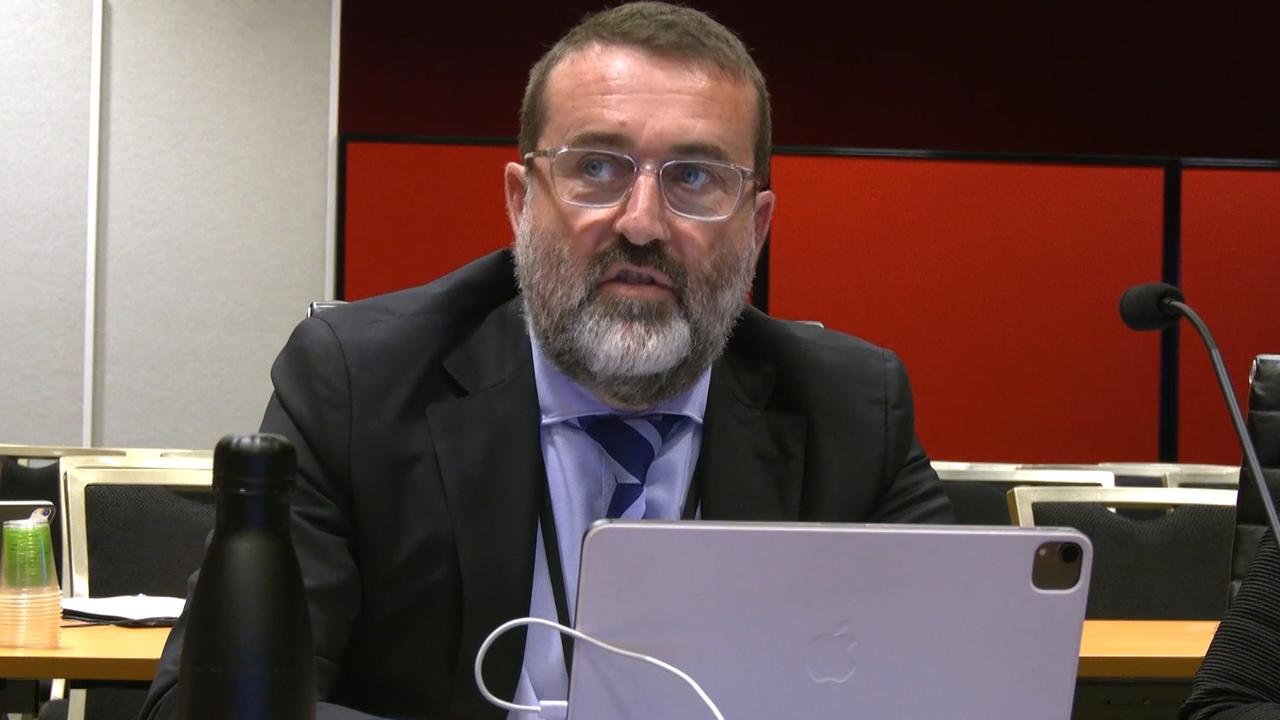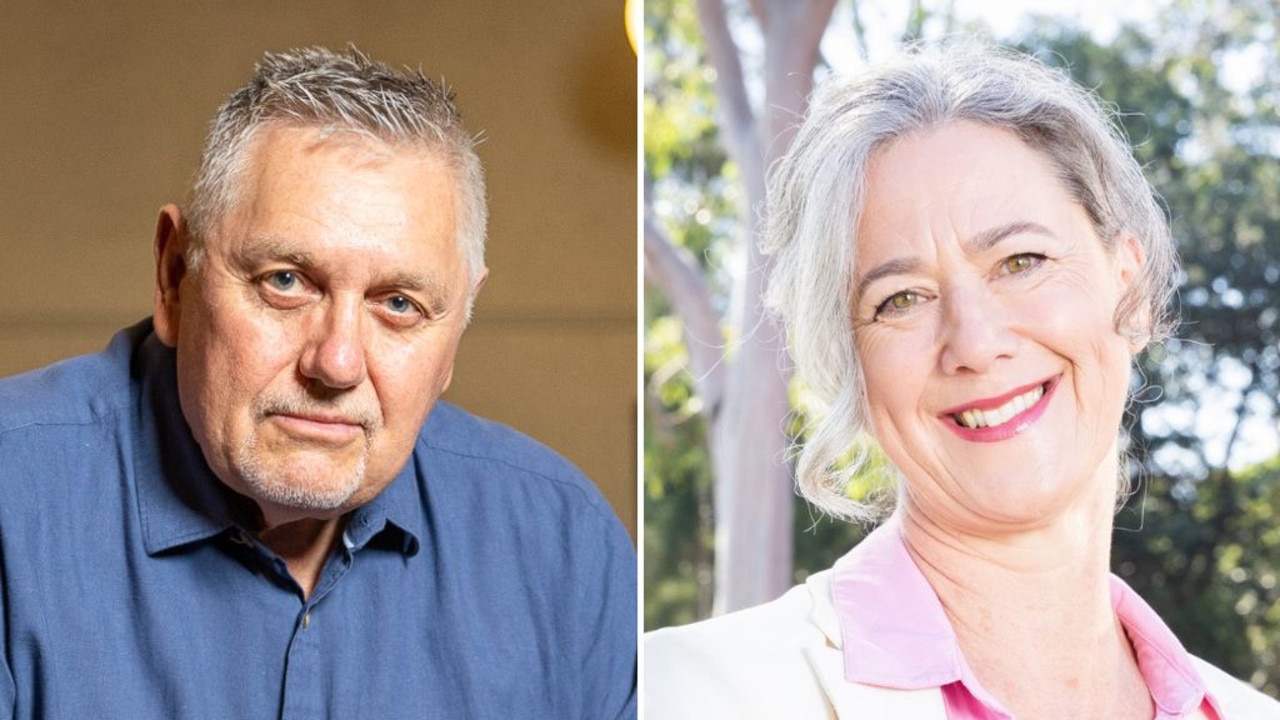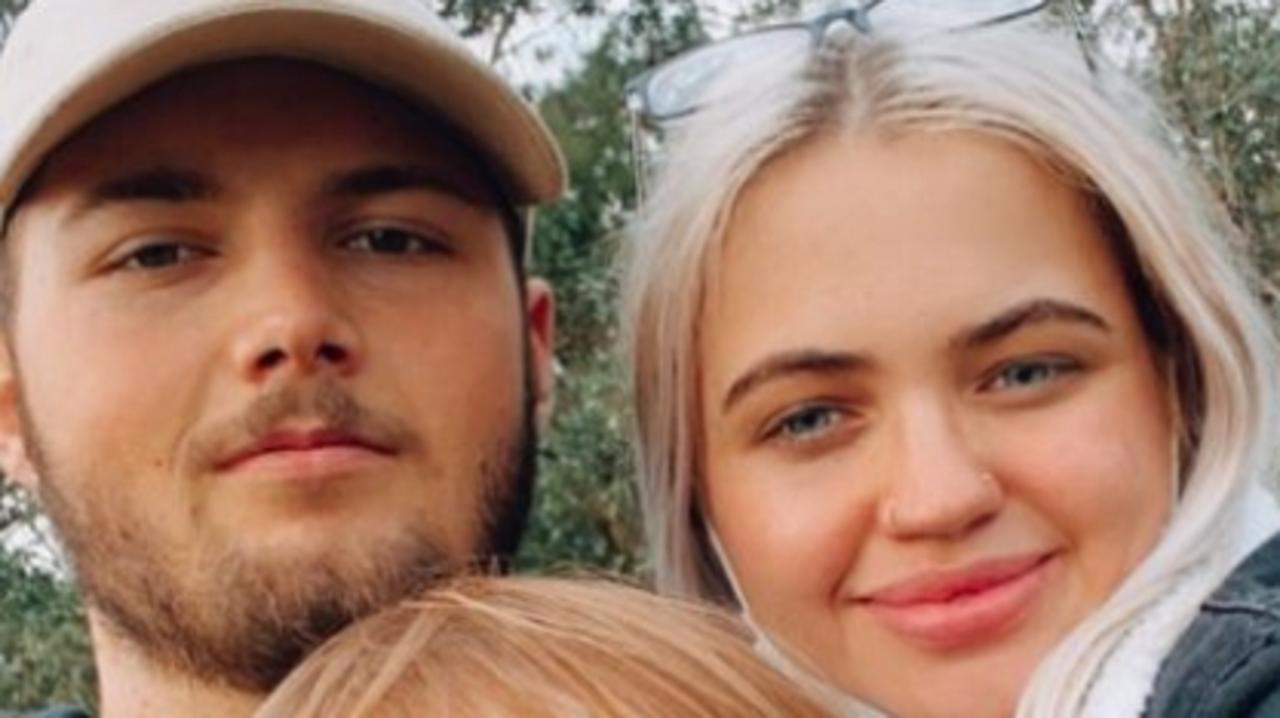Garry Tanner: Frenchs Forest dad embraces high-tec rehab in bid to get back on his feet
An active Sydney dad who suffered a devastating spinal cord injury two years ago is using a futuristic high-tec exoskeleton in a bid to get up from his wheelchair and stand on his own two feet.
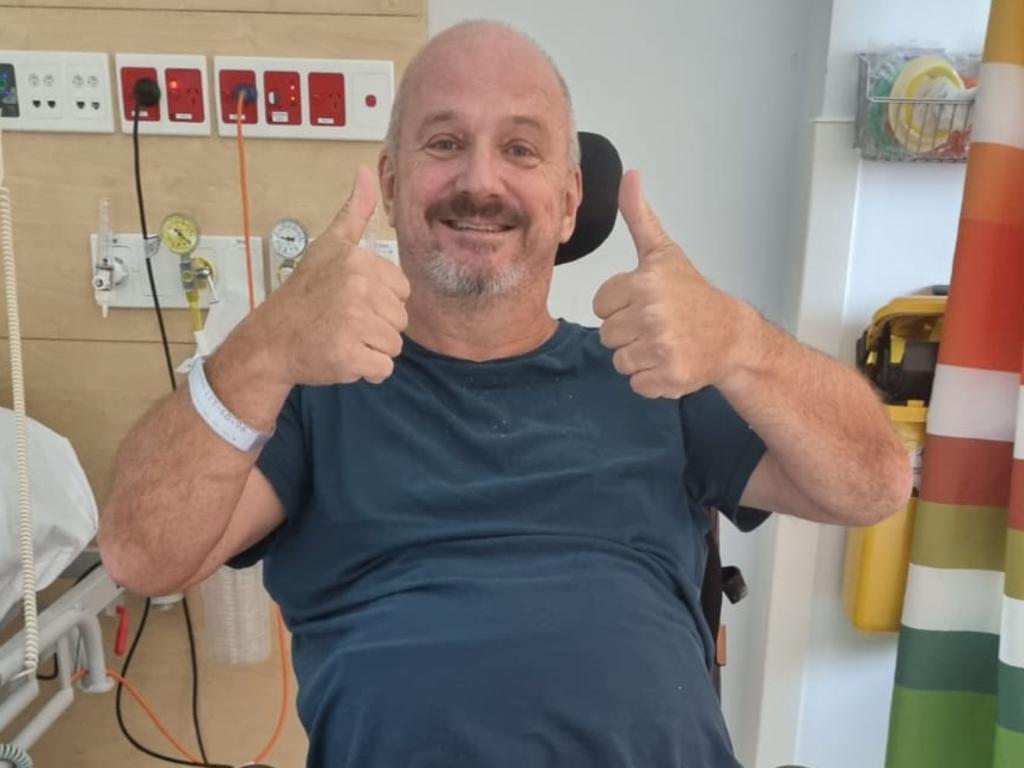
NSW
Don't miss out on the headlines from NSW. Followed categories will be added to My News.
A Sydney man was doing his elderly parents a favour when he climbed up on a wall at their northern beaches’ home to trim some tree branches.
But a misstep ended up with the Frenchs Forest father of three daughters Garry Tanner toppling 2m onto the median strip in February 2023.
The impact broke the active 55-year-old’s back causing a devastating spinal cord injury that left him paralysed from the waist down.
Garry, who was a passionate soccer player with Belrose-Terrey Hills Raiders, regular bushwalker, overseas traveller and budding sailor, faced the rest of his life with an extremely low prospect of ever being able to walk at all.
Now, with the help of futuristic cutting-edge rehabilitation equipment, he has set his sights on being able to get up from his wheelchair and walk again, with the help of crutches and braces for his legs and back.

Garry has been a client at the RoboFit rehabilitation clinic at Mascot for 12 months, where he has been building up and maintaining muscle strength and tone in his legs and practising walking again, with the support of a hi-tech exoskeleton.
He uses the Hybrid Assistive Limb (HAL), which its Japanese creator Cyberdyne describes as the world’s first “neuro-controlled” exoskeleton that “trains, supports and enhances its wearer’s strength”.
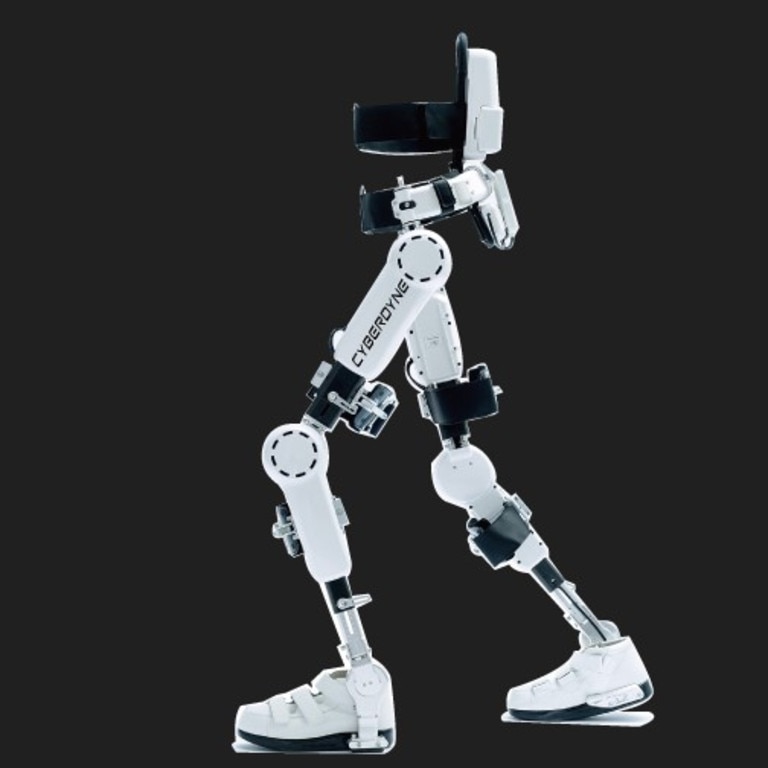
Using electrodes, HAL instantly reads Garry’s muscle activity and interprets what movements he wants to make and works with him to complete those movements.
During twice weekly training sessions Garry is helped into the exoskeleton, which has four motors at its hips and knees, and is placed in a sling over a treadmill to support his body weight for about 30 minutes at a time.
He can now walk, with the support of the exoskeleton and a movable harness suspended from the clinic ceiling, about 20-30m at a time.
“It was very clunky when I started,” he said.

“Now, my walking is much smoother and more consistent.”
Garry, who is a senior manager for an international engineering and technical inspection firm, said his goal was to be able to walk small distances using crutches, walking frame and braces around his house and garden by the end of 2025.
“Technically I still can’t walk, but with the work I’m doing at RoboFit, the goal is to get me upright and get me moving,” he said.
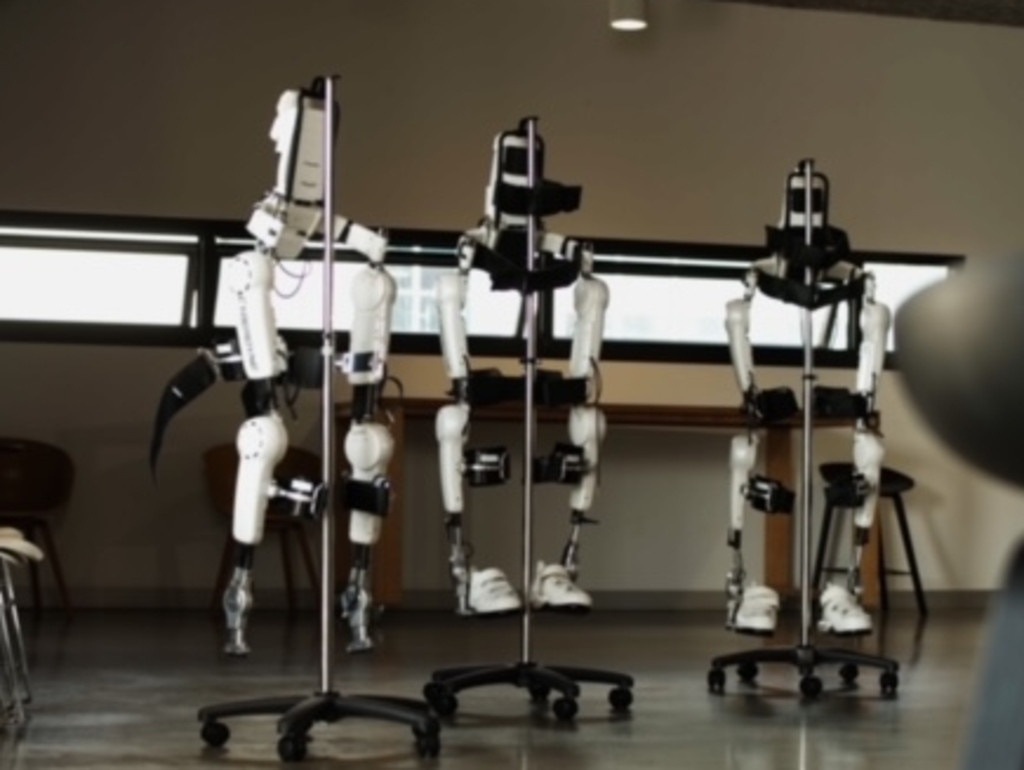
Garry said even though he was classified as a “complete” paraplegic, he still had a small amount of control and can transfer weight in his legs.
“I’ll still need the wheelchair for ever and a day, but my goal is to be able to get up, walk around and do regular stuff, all those little things that everyone takes for granted, like making a cup of tea,” he said.
“And mentally, it’s much better to be upright. It makes life easier.”
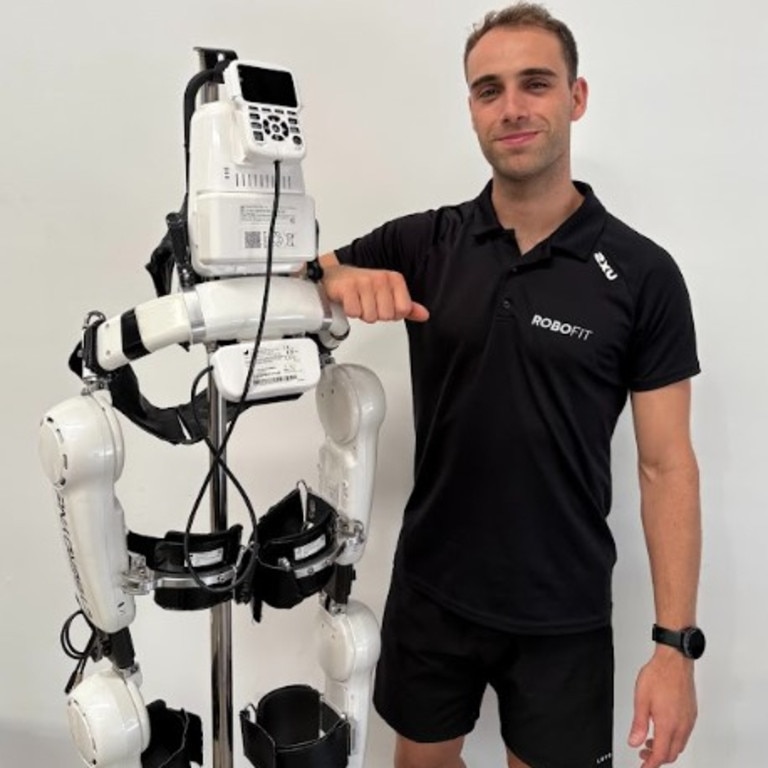
RoboFit exercise physiologist, Jordi Davies, who manages the Mascot clinic, said the “exciting” technology helped build, through repetition, a person’s ability to perform particular movements.
“It helps improve Garry’s function and independence when he’s taking steps,” he said.
“But it’s not a quick fix, it’s not something that happens really fast.”
Gary was also keen to encourage those in a similar recovery situation to get into “serious rehab” as soon as possible.
“It’s only been two years since my accident, and I’ve worked as hard as I could,” he said.
“Muscle atrophy is the killer, so staying active is key.”
More Coverage
Originally published as Garry Tanner: Frenchs Forest dad embraces high-tec rehab in bid to get back on his feet





